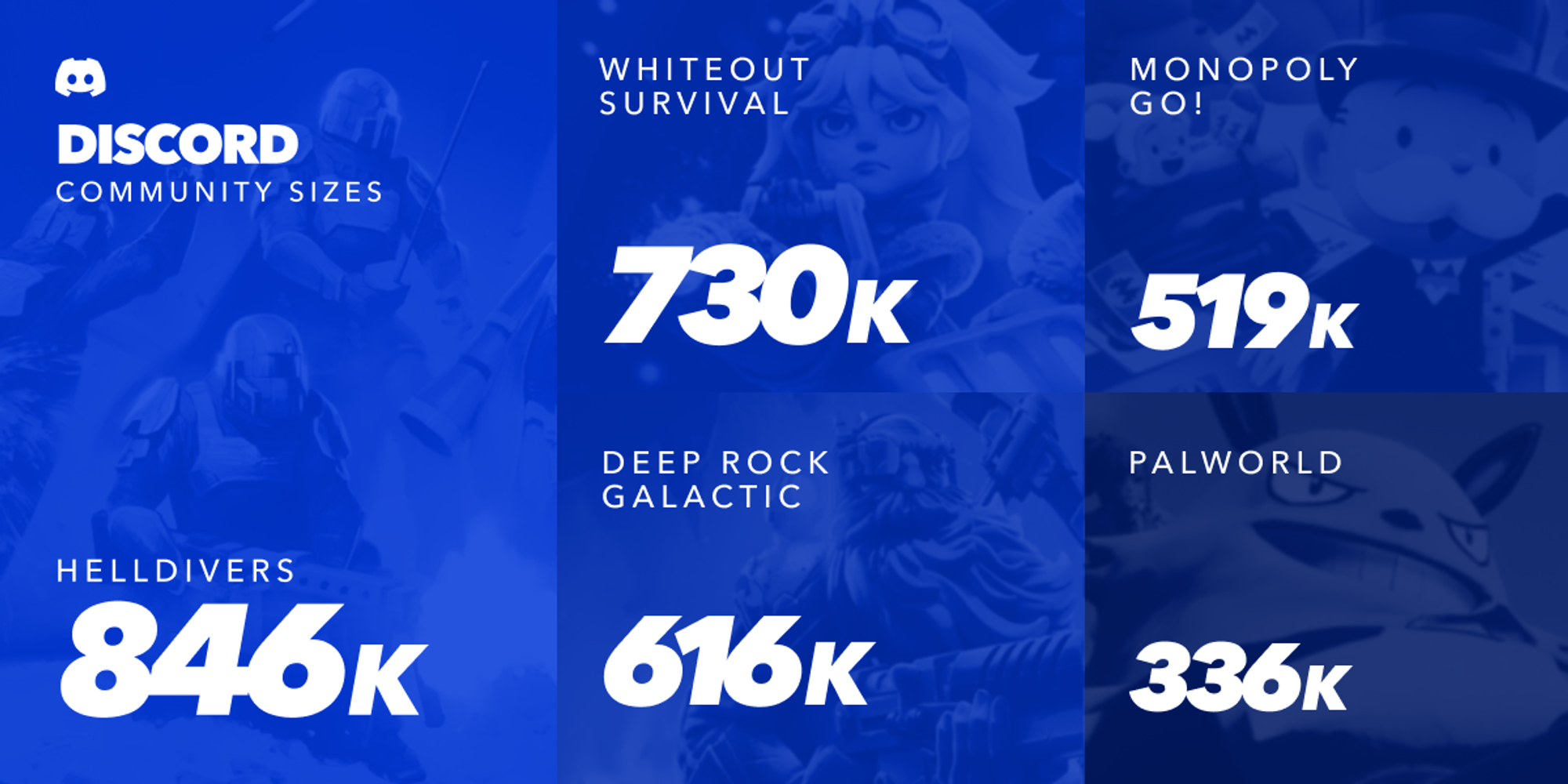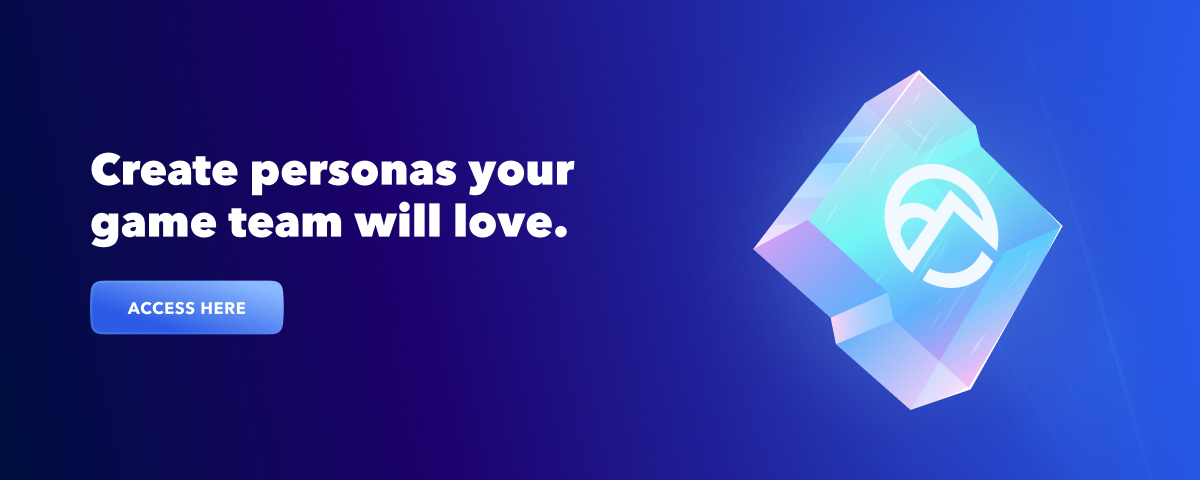As revealed in our 2024 State of the Player Report, players of all generations are seeking community in ever-increasing numbers. These communities, which span across various geographies, demographics, and genres, thrive on the fundamental human desire to connect. This natural inclination to come together is not just beneficial for the players; it plays a crucial role in the success of gaming studios as well.
“A thriving player community isn’t just a nice-to-have for game studios – it’s an absolutely critical strategic priority,” explains Marie Cabot, Director of Community Relations at Mainframe Industries. “We created our community team two years before we announced our game because we are a very player-centered studio. Our players are an integrated part of development. How can we best involve them? How can we capture and act on their feedback?”
Echoing Cabot, Ben Williams, a community expert at Xbox and co-founder of Community Clubhouse, emphasizes the transformative impact of player-centric communities.
“Player-centric communities and experiences have an incalculable transformative power. It’s not just about creating great games anymore – it’s about building living, breathing ecosystems that foster a deep sense of belonging and investment.”
Where traditional marketing strategies often come off as impersonal, a community thrives on authenticity and shared experiences. It taps into the collective enthusiasm of gamers, enriching their engagement, promoting content creation, and cultivating a dedicated fanbase. Communities offer studios a direct line for player feedback and user-generated content. In exchange, gamers are allowed to share their achievements, contribute to the game’s evolution, get the latest updates, and most importantly, build genuine relationships with each other. This exchange is evident in the thriving Discord communities of games like Helldivers, Whiteout Survival, Deep Rock Galactic, Monopoly Go, and Palworld, which have amassed hundreds of thousands of members.

Highlighting the value of community-focused strategies, Marie Cabot discusses the approach of Mainframe Industries. “We don’t yet have a huge budget for our marketing efforts. Using Solsten, we discovered two very important things. We identified a significant opportunity to provide a sense of belonging for our target audience and how to communicate effectively with various player segments. Part of our core strategy is growing a community for those genuinely interested in what we’re creating and building relationships with the development team.”
This strategy has already shown success. As they approach Early Access launch, they have built a Discord community of 56,000+ and Pax Dei is in the top 50 of Steam’s wishlist.
A vibrant player community can sustain a game’s growth and relevance far beyond its launch window. Communities provide a platform for ongoing engagement, where the game’s narrative and universe continue to evolve through player interaction. This not only enhances the longevity of the game but also creates a self-sustaining loop of feedback and content creation that enriches the player experience.
Rebecca Ford, creative director @ Digital Extremes reflects on the power of investing early in Warframe’s community, which is renowned for its positivity and inclusion.
“The community department was one of the first on the team. The development team is constantly engaged with the community. We had no budget to put in the industry standard tutorialisation of every system and mechanic.
Learn More
____
Community can play a pivotal role in a game’s success but studios should approach community design with a player-first methodology. Starting a community from scratch is challenging, but understanding the motivations, personalities, and communication styles of your prospective players will help your community team understand the most effective ways of delivering value. The best place to begin? Create advanced personas so your studios can attract the right players from the start.

